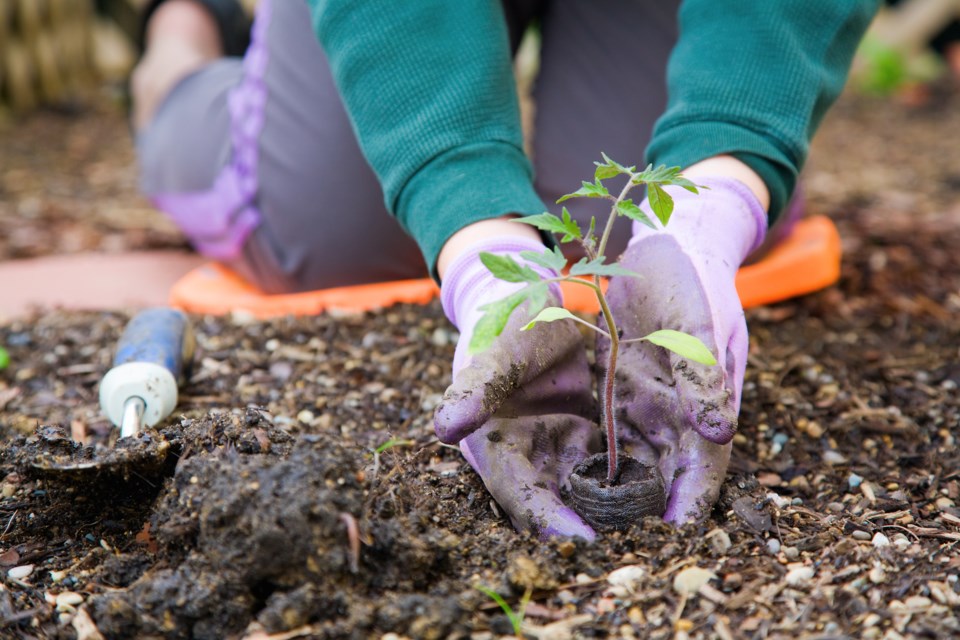With the first frost in October and the last frost in May, gardening in Canada is two-thirds planning and preparation.
Just like people who come to a party and feel uncomfortable, “plants can feel out of place, too,” master gardener Joan Nieman-Agapas told members of the Bond Head-Bradford Garden Club Thursday night.
It’s easy to pick the wrong plant for the garden. Impulse buying, plant envy – “The neighbour has it. Why shouldn’t you?” – and replacing dead plants without first considering why they died in the first place can all result in more work and less satisfaction, she said.
Start with an understanding of the garden space, Nieman-Agapas said: the type of soil, the moisture levels, the available light, the pH (acidity or alkalinity) of the soil. Then pick the plants that suit the site that will do what you want them to do in the garden.
Provide blooms throughout the year? Attract pollinators and wildlife? Provide a windbreak and privacy screen? Ground cover or slope stabilization? There are plants for every site condition and use, she said.
Choosing the right ones, Nieman-Agapas said, will “maximize the plants’ performance.”
She identified four soil types – organic, clay, sand, and loam, with the latter making up the perfect mix of the other three. “It’s the gold standard of garden soil,” Nieman-Agapas said. “We all lust for loam.”
But even the harsh clays can be productive, with the right plants – and Nieman-Agapas provided long lists of perennials, shrubs and trees, both for full sun and for shade, to prove it.
Aster, achillea, campanula, delphiniums – anything with a tap root to penetrate the clay, for the perennials.
Dogwood, ninebark, hydrangea, spiraea, lilacs and viburnums among the shrubs.
Trees that included maple, horse chestnut, grey alder, birch.
She listed plants for sandy soils, boggy corners, ground covers and pollinator gardens, illustrating her talk with full colour slides of the plants in full bloom and full leaf.
Nieman-Agapas also issued a warning: never plant goutweed, ivy or periwinkle.
“They are invasive non-natives,” she said. “They do not support any of our native pollinators.”
And if buying potted seedlings for a pollinator garden, make sure that they haven’t been sprayed with neonicotinoid pesticides in the greenhouse. “You have to make sure they have not been treated, because neonics get into the flowers, into the stems” and can be deadly to pollinators, she said.
The best pollinator gardens are located in a spot that is both sunny and sheltered, that offers a diversity of blooms all through the growing season, provides a supply of water, and contains patches of each species, not single plants.
Plant for the season: coreopsis, phlox and false indigo in spring; yarrow, valerian, cone flower and bee balm in summer; asters, solidago (goldenrod), black-eyed Susan and globe thistle in the fall.
And, she said, “never use pesticides on your plants”.
Shrubs, conifers and deciduous trees all can have their place in a garden, adding shape, colour and size, but they come with another warning: “You’ve got to have room for these things. Placing a tree is almost like an engineering exercise.”
Watch for overhead obstructions, don’t plant too close to basement walls, and remember that the roots will spread to match the crown. If you don’t have the room, said Nieman-Agapas, “find something that will fit the space.”
“The main point is, to maximize the plant’s potential, basically, you want to work with and not against the conditions of your site," she concluded. "Choose the right plant for the right location!”



